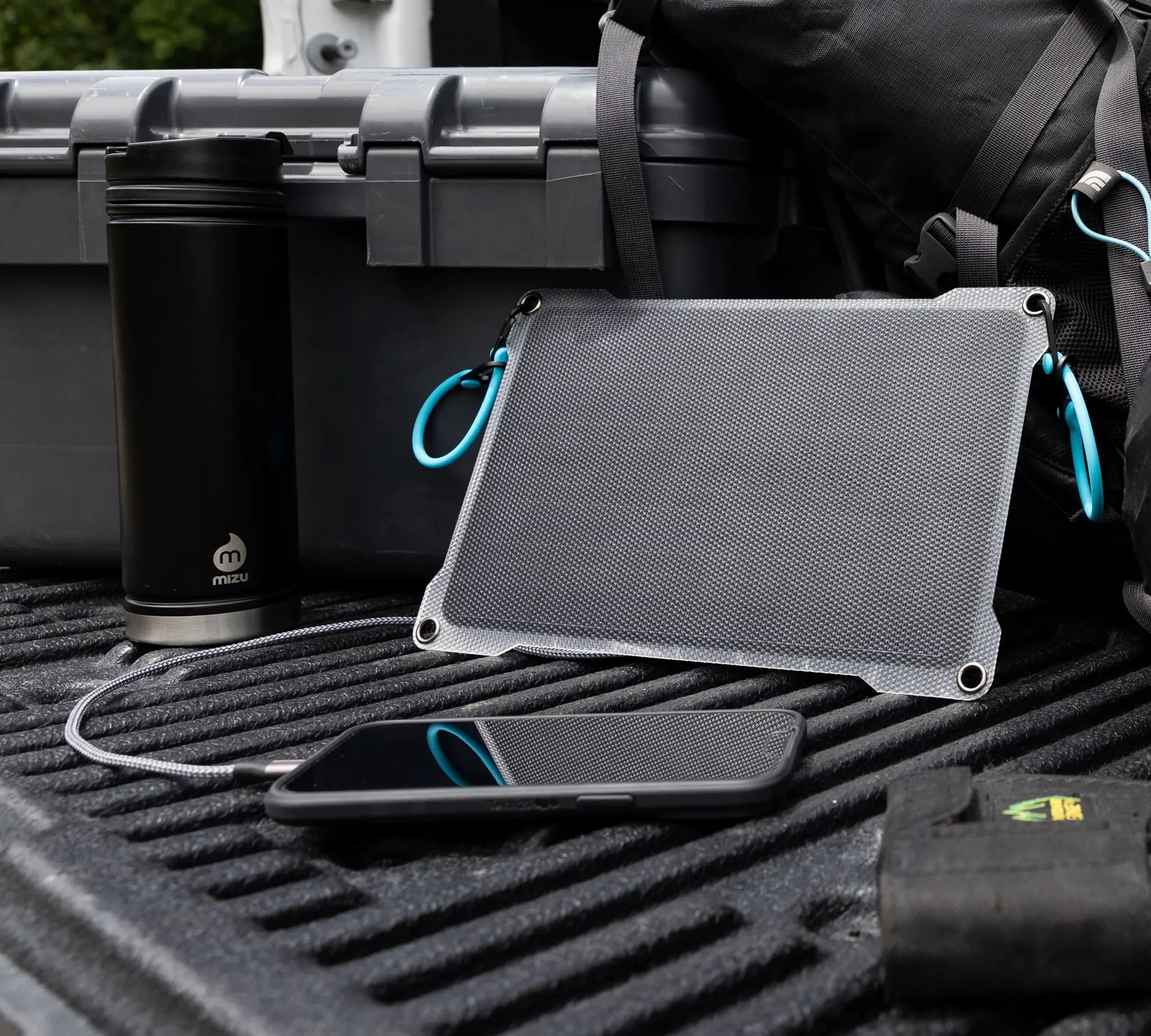That Paper Battery You Heard About Is for Low-Power Devices

All the science and tech websites have been abuzz recently with news about a paper battery activated by water. The battery is easy to make, cheap, and fully biodegradable. Sounds fantastic, right? Well, before you get too excited, know this: the paper battery is for low-power devices only.
Do not expect the paper battery to be powerful enough to run your laptop or cell phone. It's not going to happen. The battery also will not be usable for any electronic devices you now power with USB-C lithium-ion batteries. Researchers are developing the technology for medical and other low-power needs. It will never get beyond that.
No worries. A USB-C rechargeable AA battery from Paleblue will do nearly everything you need it to do. The same goes for all our form factors. Rechargeable lithium-ion batteries are pretty much the state-of-the-art for power and reliability and fast charging and that’s why they are the standard in all good consumer electronics products these days.
More About the Paper Battery
Now that we've piqued your curiosity, we can't really go anywhere else with this post without first explaining what the paper battery does. So let's go back to the basics. A battery consists of an anode, cathode, and an electrolyte to move ions back and forth.
Our batteries work via lithium ions suspended in a chemical electrolyte inside the battery case. The anode and cathode are at the two ends of the battery. The paper battery was designed in a similar manner. But instead of a liquid chemical solution acting as the electrolyte, paper treated with sodium chloride does the trick.
Also note that the paper battery is still a research project for all intents and purposes. It is definitely not ready for mass production, and probably won't be for many, many years. And its inherent limits will confine its use to low-power devices – like pacemakers and other medical implants.
Low-Power and High-Power Needs
Speaking about low-power devices, different types of electronic devices have different power needs. Take a digital camera. Prior to the introduction of rechargeable lithium-ion batteries, professional photographers stuck with disposable alkaline products. They avoided NiCad and NiMH batteries because the cells were insufficient for such a high-power need.
Today's lithium-ion batteries work fairly well in digital cameras. NiCad and NiMH batteries, not so much. On the other hand, a TV remote control is a low-power device. It works just fine with those other rechargeable products.
The fact that modern lithium-ion batteries can keep up with alkalines for high power devices is what makes them better than every other type of consumer battery. They are better than alkaline batteries because they can be recharged a thousand times or more. Alkaline batteries are single-use items, i.e. disposable (gross!).
Lithium-ion is superior to NiCad and NiMH because it offers more power and a more consistent discharge rate. The icing on the cake is that lithium-ion batteries can be charged in about an hour or so. The older rechargeable products need as many as 8 to 10 hours.
New Batteries Just Around the Corner
There isn't yet an emerging battery technology capable of replacing lithium-ion for consumer batteries. But that hasn't stopped researchers from developing revolutionary new batteries for other applications. That is what the paper battery is all about. Researchers want to make a cheap, basic, biodegradable battery for low-power medical needs.
While they continue developing the paper battery, we will keep selling USB-C AAA, AA, A, C, D, and 9V batteries. Each of our form factors is usable with nearly any device that currently uses the corresponding alkaline battery. You will get equal performance along with 1000+ charge cycles per unit.
How are you going to beat that?
- Tags: Batteries







